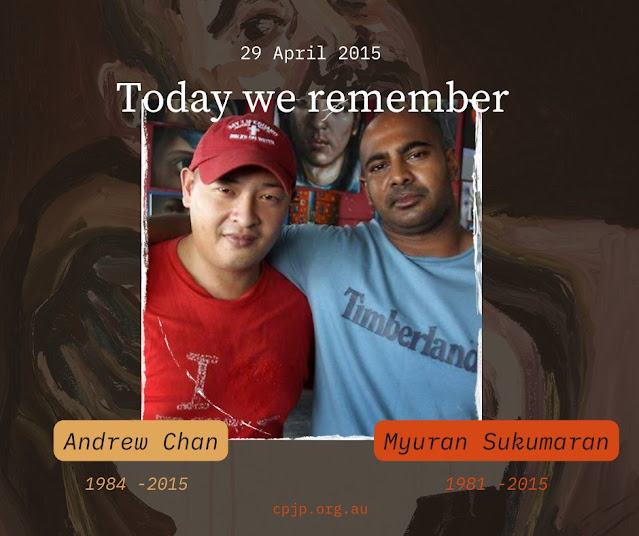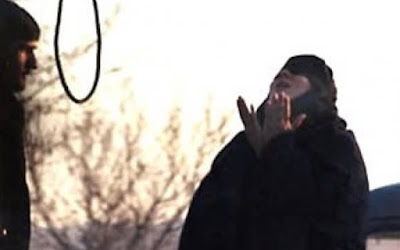IMPORTANT NOTICE: It seems that Google made a few changes to the way images are shown on Google-powered blogs. Pictures and links to social media (Twitter, Facebook, etc.) will no longer be loaded if you are using an ad blocker. Please be advised that no commercial activity whatsoever (ads, links, etc.) is conducted by DPN on their website. Ads, if any shown, are selected and inserted on this page by Google, not by DPN. Disable your ad blocker if pictures and/or videos are no longer shown on DPN pages. Please note that this may not apply to all browsers.
LINCOLN — Grand jury testimony about a decision by state prison officials to pull a curtain during the August execution of double-murderer Carey Dean Moore sparked renewed criticism Thursday.
State Corrections Director Scott Frakes, in grand jury testimony released on Thursday, testified that the curtain was drawn on the execution chamber just after the last of four lethal injection drugs was administered “out of respect” for the then-unconscious inmate, to protect the confidentiality of the execution team and to allow a coroner to determine whether Moore was dead “in the privacy that you would want for anyone.”
But a national authority on capital punishment, as well as a leading foe of the death penalty in Nebraska, both criticized the state for a lack of transparency in carrying out the state’s ultimate punishment.
Robert Dunham of the Washington, D.C.-based Death Penalty Information Center said that blocking the view of media and other witnesses before the execution was completed defeated the purpose of having witnesses.
“Government oversight means that someone is watching, it doesn’t mean you’re drawing a curtain,” Dunham said.
Danielle Conrad, a former state senator and head of the ACLU of Nebraska, said the state not only had pulled the curtain on witnesses, but had blocked attempts by the civil rights group and others to reveal the source of the lethal injection drugs used and whether the source was credible.
“Citizens and journalists will never know what really happened,” Conrad said in a statement. “The ACLU will keep fighting to ensure transparency, especially when our government carries out its most grave function.”
The give-and-take occurred as dozens of pages of testimony and exhibits were released for public view Thursday concerning the Aug. 14 execution of Moore, Nebraska’s first in 21 years.
Moore, 60, was sentenced to death for the 1979 killings of Omaha cabdrivers Reuel Van Ness and Maynard Helgeland. Moore had targeted the cabbies because he knew they carried money.
By state law, a grand jury must review the death of anyone who is in the custody of police or corrections officials. A Lancaster County grand jury took testimony from four officials, including Frakes, on Dec. 7 in reviewing the execution, the first-ever to use a combination of four drugs and the first via lethal injection in Nebraska.
The grand jury, in a two-page report issued Dec. 7, concluded that Moore had died from “multi-drug toxicity which resulted in respiratory failure.” Records released on Thursday provided additional details, including what Frakes and others told jurors.
Frakes testified that Moore had “snored” and breathed heavily while the four drugs were administered, but did not show signs of pain or struggle during the execution.
“I have observed another execution in Washington state … his death was very consistent with what I saw there,” he testified.
The pathologist who examined Moore after the execution, Dr. Robert Bowen, testified that the drugs administered to Moore would have rendered him unconscious and unable to feel pain.
Toxicology reports, included in Thursday’s transcripts, indicated that Moore had a lethal level of fentanyl — a powerful opioid that was the second drug administered — in his bloodstream, but two other drugs that were administered, diazepam and cisatracurium, were also present. The fourth drug administered, potassium chloride, is naturally found in the body and could not be accurately measured, jurors were told.
Frakes, who witnessed the execution, told the grand jury that Moore began to breathe more heavily and “snore” after the first drug, diazepam, better known by the brand name Valium, was injected. Snoring, according to Frakes and Bowen, is not uncommon after taking diazepam, and the dose given to Moore was 10 times the normal dosage.
Frakes said that after an assistant warden confirmed that Moore was unconscious, the remaining three drugs were administered. He testified that Moore exhibited “labored breathing” and some “chest movement,” but did not exhibit signs of pain.
The administration of the drugs began at 10:24 a.m., he testified, and was completed at 10:36. Moore was pronounced dead at 10:47 a.m.
Frakes told jurors that the curtains of the execution chamber were drawn immediately after the last of the four drugs was administered. After a 5 minute pause to make sure the drugs had worked, a coroner and investigators from the Nebraska State Patrol were allowed to examine the body and determine whether Moore was dead.
Frakes said the curtains were closed for 14 minutes and then briefly opened after Moore was pronounced dead to allow family members and other witnesses to the execution, including media members, “one last observation” of Moore.
Dunham, of the Death Penalty Information Center, said states have veiled executions in increasing secrecy as lethal injection drugs have become more difficult to obtain and states have experimented with new drug combinations, as in Nebraska.
Relying only on testimony from government officials who have a vested interest in the outcome of an execution is problematic, he said. The public and press should be allowed to witness from start to finish to ensure that a condemned inmate does not suffer needlessly, Dunham said.
“ ‘Trust me, I’m the government,’ is not an acceptable substitute for public oversight,” he said.
Source: kwbe.com, Paul Hammel, December 28, 2018
⚑ | Report an error, an omission, a typo; suggest a story or a new angle to an existing story; submit a piece, a comment; recommend a resource; contact the webmaster, contact us:
deathpenaltynews@gmail.com.
Opposed to Capital Punishment? Help us keep this blog up and running! DONATE!
"One is absolutely sickened, not by the crimes that the wicked have committed,
but by the punishments that the good have inflicted." -- Oscar Wilde












